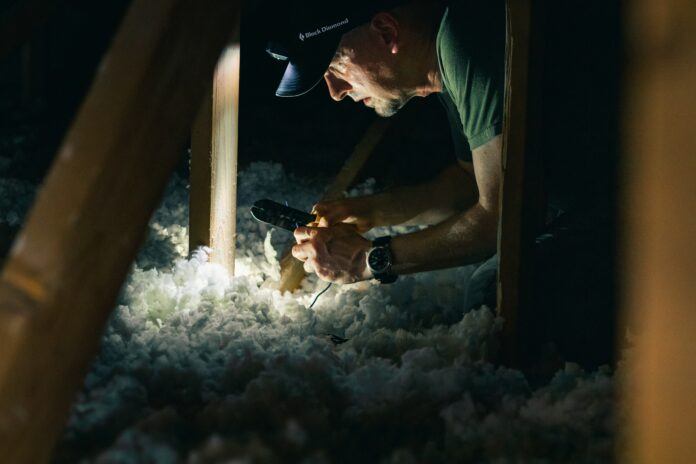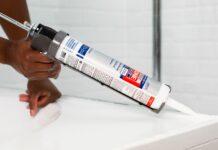There is always a loss of heat in the house in the winter, and heating in the summer. Heat is transferred spontaneously from a hotter body to a cooler one – Reflective Insulation.
Heat transfer can take place in a variety of ways.
- Radiation;
- Convection;
Thermal Conductivity Is The Ability To Conduct Heat.
Reflective is a type of thermal insulation that reduces heat transfer by reflecting radiated heat energy back to the source. In addition, because of the material’s low thermal conductivity, it reduces heat loss owing to direct heat transfer.
A measure called “thermal resistance of the structure” is used in construction to assess the quality of thermal insulation.
The difference in temperature in Kelvin (or Celsius) at the surfaces of the structure required to convey 1 W of power output in a 1 m 2 design area (m 2 K / W or m 2 ° C / W) is measured by the thermal resistance of walling.
Thermal resistance is linearly dependent on the thickness of the material and its coefficient of thermal conductivity for thermal insulating materials that work owing to low thermal conductivity. The thermal resistance of an enclosing structure element:
R = δ / λ ,
where is the material’s thermal conductivity and is the thickness of the material layer (m).
Installation Guidelines For Reflective Insulation
Things get a lot more tricky with reflective insulating materials. The effect of thermal reflection is influenced by a number of elements, including the reflective insulation’s placement, the presence of an air layer behind and in front of it, and the ambient temperature. The following patterns can be deduced from the data gathered as a consequence of several experiments:
The insulating effect of reflecting installed on the surface of a structure is more effective in areas with positive temperatures, hence it is advised to use reflective insulation indoors.
Reflectives effective thermal conductivity is greatly increased when there is no air gap between the insulating material and the insulated structure.
The presence of an air layer on the side of the insulation’s reflective surface is required for the insulating material to function.
When compared to alternative heat-insulating materials, reflective insulation is 4 to 8 times more effective than expanded polystyrene. 4 to 12 times more effective than mineral wool slabs, and 12 to 25 times more effective than foam concrete with an identical thickness of insulation.
Reflective Insulation In Construction
External wall insulation with reflective insulation is only viable if the insulation is thicker than 8 mm; the best option is complex insulation with mineral wool, expanded polystyrene, and reflective insulation. Reflective insulation in roof structures is very useful in preventing overheating not only in the winter but also in the summer. Reflective insulation is also commonly used to insulate ventilation ducts and “warm floor” buildings.
When selecting reflective insulation, it’s necessary to consider not only the characteristics listed above but also the installation and operation details.
Insulation Characteristics That Reflect Light
Let’s take a closer look at the reflective insulation’s features that are crucial to its performance. Reflective qualities are determined by their thickness, a number of reflective layers, and heat-reflecting efficiency. Articles and information about the high value of foil reflectivity abound on the Internet. Some sources give a figure of 94 per cent, while others give a figure of 97-98 per cent; someone writes about the great efficiency of mylar coating, while another writes about the property deterioration almost twice as much. Regardless, the use of reflection is based on the property of returning heat, according to NIISK standards.



/cdn.vox-cdn.com/uploads/chorus_image/image/66597775/1018_IdeaHouse2018_bonus_Insulating_51.7.jpg)




